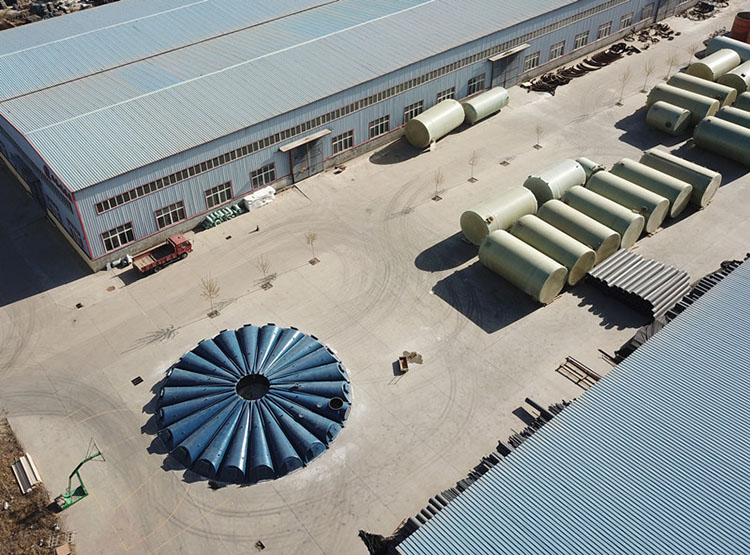
-
 Afrikaans
Afrikaans -
 Albanian
Albanian -
 Amharic
Amharic -
 Arabic
Arabic -
 Armenian
Armenian -
 Azerbaijani
Azerbaijani -
 Basque
Basque -
 Belarusian
Belarusian -
 Bengali
Bengali -
 Bosnian
Bosnian -
 Bulgarian
Bulgarian -
 Catalan
Catalan -
 Cebuano
Cebuano -
 China
China -
 China (Taiwan)
China (Taiwan) -
 Corsican
Corsican -
 Croatian
Croatian -
 Czech
Czech -
 Danish
Danish -
 Dutch
Dutch -
 English
English -
 Esperanto
Esperanto -
 Estonian
Estonian -
 Finnish
Finnish -
 French
French -
 Frisian
Frisian -
 Galician
Galician -
 Georgian
Georgian -
 German
German -
 Greek
Greek -
 Gujarati
Gujarati -
 Haitian Creole
Haitian Creole -
 hausa
hausa -
 hawaiian
hawaiian -
 Hebrew
Hebrew -
 Hindi
Hindi -
 Miao
Miao -
 Hungarian
Hungarian -
 Icelandic
Icelandic -
 igbo
igbo -
 Indonesian
Indonesian -
 irish
irish -
 Italian
Italian -
 Japanese
Japanese -
 Javanese
Javanese -
 Kannada
Kannada -
 kazakh
kazakh -
 Khmer
Khmer -
 Rwandese
Rwandese -
 Korean
Korean -
 Kurdish
Kurdish -
 Kyrgyz
Kyrgyz -
 Lao
Lao -
 Latin
Latin -
 Latvian
Latvian -
 Lithuanian
Lithuanian -
 Luxembourgish
Luxembourgish -
 Macedonian
Macedonian -
 Malgashi
Malgashi -
 Malay
Malay -
 Malayalam
Malayalam -
 Maltese
Maltese -
 Maori
Maori -
 Marathi
Marathi -
 Mongolian
Mongolian -
 Myanmar
Myanmar -
 Nepali
Nepali -
 Norwegian
Norwegian -
 Norwegian
Norwegian -
 Occitan
Occitan -
 Pashto
Pashto -
 Persian
Persian -
 Polish
Polish -
 Portuguese
Portuguese -
 Punjabi
Punjabi -
 Romanian
Romanian -
 Russian
Russian -
 Samoan
Samoan -
 Scottish Gaelic
Scottish Gaelic -
 Serbian
Serbian -
 Sesotho
Sesotho -
 Shona
Shona -
 Sindhi
Sindhi -
 Sinhala
Sinhala -
 Slovak
Slovak -
 Slovenian
Slovenian -
 Somali
Somali -
 Spanish
Spanish -
 Sundanese
Sundanese -
 Swahili
Swahili -
 Swedish
Swedish -
 Tagalog
Tagalog -
 Tajik
Tajik -
 Tamil
Tamil -
 Tatar
Tatar -
 Telugu
Telugu -
 Thai
Thai -
 Turkish
Turkish -
 Turkmen
Turkmen -
 Ukrainian
Ukrainian -
 Urdu
Urdu -
 Uighur
Uighur -
 Uzbek
Uzbek -
 Vietnamese
Vietnamese -
 Welsh
Welsh -
 Bantu
Bantu -
 Yiddish
Yiddish -
 Yoruba
Yoruba -
 Zulu
Zulu
frp flange
Understanding FRP Flanges A Comprehensive Overview
FRP (Fiberglass Reinforced Plastic) flanges have emerged as a game-changer in various industries due to their lightweight, corrosion-resistant, and versatile properties. These components, which serve as a critical connection point between pipes and other equipment, offer unique advantages over traditional metal flanges, making them increasingly popular in settings that demand durability and reliability.
What are FRP Flanges?
FRP flanges are made from a composite material that combines fiberglass and resin, resulting in a product that is not only lightweight but also incredibly strong. The manufacturing process involves layering glass fibers to achieve the desired strength, followed by the application of a resin that binds the fibers together and provides additional resistance to environmental factors. This composite material allows FRP flanges to withstand corrosive environments, temperatures, and pressures that would typically degrade metal flanges over time.
Advantages of FRP Flanges
1. Corrosion Resistance One of the most significant advantages of FRP flanges is their resistance to corrosion. This is particularly beneficial in industries such as chemical processing, wastewater, and marine applications where exposure to harsh substances is prevalent.
2. Lightweight Compared to traditional materials like steel or stainless steel, FRP flanges are considerably lighter. This feature simplifies transportation and installation, reducing labor costs and improving efficiency on construction sites.
3. Durability FRP flanges exhibit excellent mechanical strength and can endure physical stress without deforming. This durability ensures a long lifespan, minimizing the need for frequent replacements and maintenance.
frp flange

4. Temperature Resistance These flanges can handle a broad range of temperatures, making them suitable for various operating conditions. This characteristic is essential in industries that experience fluctuating or extreme temperatures.
5. Cost-Effectiveness While the initial investment in FRP components may be higher than that of traditional materials, the long-term savings associated with reduced maintenance, longer lifespan, and decreased downtime can make FRP a more cost-effective solution.
Applications of FRP Flanges
FRP flanges are utilized across various sectors. In the chemical industry, they are used in pipelines that transport aggressive fluids. In water treatment plants, FRP components help manage corrosive environments effectively. Additionally, in the oil and gas industry, where materials are subjected to harsh conditions, FRP flanges provide reliable connections that enhance operational safety.
Installation and Maintenance
Installing FRP flanges requires careful consideration of sealing methods to ensure leak-proof connections. Common practices include using suitable gaskets and bolts designed for FRP applications. While these flanges require less maintenance than their metal counterparts, regular inspections for wear and tear are recommended to ensure longevity.
Conclusion
In summary, FRP flanges represent a forward-thinking solution in industries where durability, corrosion resistance, and weight are of critical importance. As technology advances and more industries recognize the benefits of composite materials, the adoption of FRP flanges is expected to grow. Those considering an upgrade to their piping systems should evaluate the potential advantages of integrating FRP flanges, as they could significantly enhance operational efficiency and longevity.
Latest news
-
Exploring the Benefits of Top Hammer Drifter Rods for Enhanced Drilling PerformanceNewsJun.10,2025
-
High-Precision Fiberglass Winding Machine for GRP/FRP Pipe Production – Reliable & Efficient SolutionsNewsJun.10,2025
-
FRP Pipes & Fittings for Shipbuilding - Corrosion-Resistant & LightweightNewsJun.09,2025
-
Premium FRP Flooring Solutions Durable & Slip-ResistantNewsJun.09,2025
-
Premium Fiberglass Rectangular Tanks Durable & Lightweight SolutionNewsJun.09,2025
-
Tapered Drill String Design Guide Durable Performance & UsesNewsJun.09,2025









